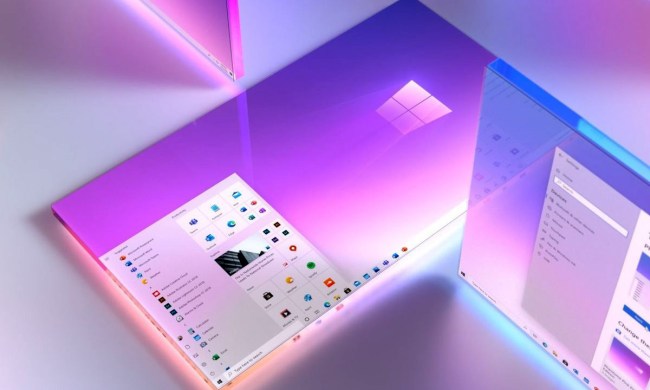
Unlike traditional SIM cards, eSIM cards cannot be removed from a device. Instead, they’re programmable, meaning that users can change their provider or contract instantly without having to replace the card itself.
Oberthur Technologies isn’t the only company eager to provide eSIM cards for use with Windows 10. Gemalto, the world’s largest SIM manufacturer, stated its intention to partner with Microsoft in February 2017, according to a report from MS Power User.
With these two companies on board, it’s thought that Windows 10 devices with built-in eSIM cards could be available by the end of the year. These systems will allow users to purchase cellular connectivity and data packages directly from the Windows Store.
Over the past few months, Microsoft has seemingly been preparing to rethink its approach to data services in Windows 10. Later this month, Skype Wi-Fi will be retired — which makes sense, given that the hot spot service would likely have interfered with plans to offer data plans via an eSIM card.
These attempts to set up a straightforward means of purchasing cellular connectivity are likely tied to Windows 10 Cloud. It seems clear that Windows 10 Cloud will rely on an internet connection, so giving users an easy method of buying data straight from the device would be a smart move.
However, Microsoft has yet to lift the lid on Windows 10 Cloud officially, and for the moment the spotlight is on next month’s Creators Update. Once that has been released, expect to hear plenty more about the company’s plans for its flagship operating system going forward.


